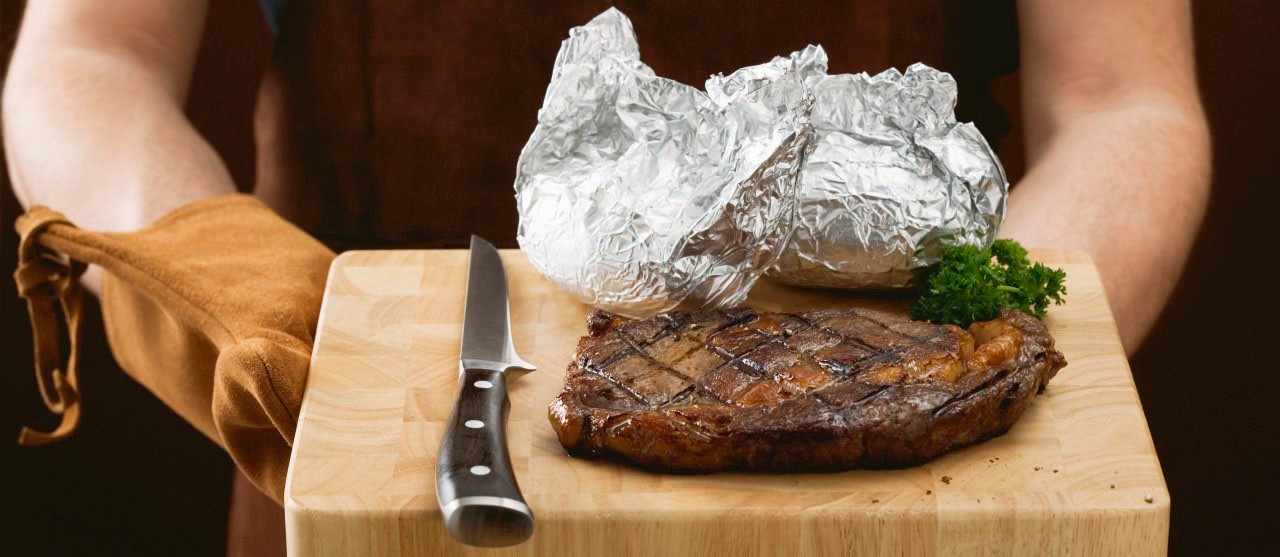Hit Your Nutritional Reset Button With the Whole30 Diet

Find out what’s ailing you by eliminating potentially harmful foods.
You don’t have to look hard or far to find information telling you that whatever your particular condition is, it’s probably caused by what you’re putting in your mouth. The Whole30 diet may be a way to find out exactly what’s ailing you, then hit your nutritional “reset” button. You’ll probably lose some weight along the way.
The Whole30 diet is basically a 30-day paleo diet, eliminating food and drink that its authors say can destroy your metabolism, cause inflammation, and result in a host of health problems, including being overweight.
Strong emphasis is placed on foods that are forbidden, and there is no flexibility for the entire 30 days. You’re not allowed “cheat” days, and if you ”slip” — something as seemingly minor as a single chocolate chip — it’s back to day one.
YOU MIGHT ALSO LIKE: More About Popular Diets
The basics
The diet was conceived by Melissa and Dallas Hartwig, authors of the best-selling book, “It Starts with Food.” Like the paleo diet, Whole30 endorses organic meat, seafood, and eggs; vegetables and some fruit; and healthy fat from nuts, seeds, and oils. You’ll want to avoid processed foods (a good idea for anyone), and eat foods with just one or only a few ingredients, and none you can’t pronounce.
Foods that are not allowed are the more important part of the diet.
- Topping the list is added sugar of any kind, real or artificial.
- Alcohol — even for cooking — isn’t allowed.
- Grains are eliminated, including sprouted grains and pseudo grains like quinoa.
- Legumes are forbidden, including all kinds of beans, peas, lentils, peanuts and peanut butter, and all soy products including tofu, edamame, and soy sauce.
- Dairy isn’t allowed — no cheese, yogurt, milk, or sour cream. Clarified butter or ghee are exceptions.
- Sulfites, carrageenan, and monosodium glutamate are common additives in processed food. If these are ingredients in a food, you can’t eat it.
- You’re also not allowed to re-create junk food with Whole30-approved ingredients.
More than just another diet
Whole30 is also about making lifestyle choices. In addition to specific guidelines about food, in advance of starting the diet, “Whole30ers” are also encouraged to take the following steps:
- Read through the entire program before you start so you understand the rules.
- Commit to the program and choose a firm start date, then spend some time preparing your head and your household for what you are about to do.
- Build a support team using a variety of social media and online tools on the Whole30 website.
- Get rid of food you won’t be eating, plan menus, and stock up on approved foods.
- Anticipate challenging scenarios, and decide ahead of time how you will handle them.
- Ditch your scale because weight can fluctuate wildly from day to day and isn’t really a measure of overall health. Take “before” photos and measurements.
There’s a lot of free support offered on the Whole30 website and affiliate sites. The Hartwig’s want everyone to have access to the online community and tools, but also encourage you to get their book “It Starts with Food.”
Some critics don’t like the Whole30 because they say it eliminates foods that supply important nutrients. Others say it’s so restrictive that if you slip you might be tempted to binge rather than start over. And, because meatless proteins like beans and tofu aren’t allowed, this diet would be very difficult for vegetarians.
But a major point of the diet is to ferret out foods that may be making you sick or contributing to chronic health conditions. If you’re already eating a pretty healthy diet but can’t figure out what’s causing your skin to break out, the Whole30 might help you find the answer.
After your 30 days of eating only approved foods, you’ll begin your reintroduction plan. One food group — legumes for example — is added on day one, while the rest of your diet stays Whole30 compliant. Then wait a couple of days to see how you feel. On day four perhaps try adding non-gluten grains (rice, corn, or quinoa, for example), and so on.
The diet doesn’t suggest you eliminate all the restricted foods forever. If you want some beans, and your body tolerates them, eat them. But if you’ve kicked your nightly ice cream habit, stick with it!
The authors caution that weight loss isn’t the only measure of success on the Whole30. They acknowledge that for some people the diet “doesn’t work,” but they also take pains to explore why that might be the case.
In addition to not following the diet precisely, one of the top reasons is that, sometimes, it isn’t reasonable to expect to undo the harm caused by decades of bad eating in just 30 days. For these people, the Hartwigs suggest sticking with the diet for another 30 days or until “the magic happens.”
Another caveat is that dietary intervention alone cannot always cure longstanding health issues. If you’ve been faithful to the diet and its principles and don’t see the results you’re hoping for, you may have a larger issue.
If you have a health condition you suspect is being caused by your food, the Whole30 diet provides a well thought out plan to help you find out, and lots of support to maintain your healthier lifestyle once you know.
Updated:
April 09, 2020
Reviewed By:
Christopher Nystuen, MD, MBA